Search results for: “hell part 2”
-
[Spiritual Languages] The End of the Beginning
I apologize for the long gap between my last post and this one. My husband is one of those *religious scholars*, and he supervises an archaeological dig in Galilee and just had to go back after two years’ Covid hiatus. This has kept me busy at home; too busy to write, but has still given…
-
Jesus in Recent Latter-day Saint Art
At the Mormon History Association conference this weekend, Anthony Sweat shared a funny story during his presentation on “A White Jesus and a Global Church.” Apparently there were some individuals who were visiting BYU from Saudi Arabia to observe teaching at the institution. During a class that Dr. Sweat was teaching, the Saudis saw a…
-
[Languages of the Spirit] You Shall Know it by its Fruit
“The entire law is fulfilled in keeping this one command: ‘Love your neighbor as yourself.’…The fruit of the Spirit is love, joy, peace, forbearance, kindness, goodness, faithfulness, gentleness and self-control.” Galatians 5: 14, 22-23 Section 93 of the Doctrine and Covenants is, in my opinion (which is correct), one of the most radical, beautiful…
-
[The Languages of the Spirit] More Than a Feeling
I remember when I was a little kid and began to learn that there were different languages. I loved that primary song where you learn how to say “thank you” in languages from all over the world. It felt so cool, like learning some kind of secret code. But even as I learned these words…
-
Better to Use No Rationales Than Faulty Ones
You would think that at some point we would learn from past experiences with priesthood bans. Concerning the priesthood and temple ban against people with black African ancestry, President Dallin H. Oaks noted that: Some people put reasons to the one we’re talking about here, and they turned out to be spectacularly wrong. There is…
-
John Sillito’s B. H. Roberts: A Life in the Public Arena (book review)
In traditional Christianity, there are significant figures known as the Early Church Fathers who are noted as influential Christian theologians and writers who established the intellectual and doctrinal foundations of Christianity as we know it today. While the Church of Jesus Christ of Latter-day Saints is still a form of Christianity and is indebted to…
-
“I saw the hosts of the dead”
President Joseph F. Smith’s Vision of the Redemption of the Dead is one of the most recent documents to be included in our cannon (only followed by Official Declaration 2). Experienced on 3 October 1918 and recorded shortly thereafter, the vision outlines the underlying theology behind proxy work for the dead that we perform in…
-
“There is never but one on the earth at a time”
Polygamy was one of the most divisive and explosive policies that Joseph Smith ever embraced. In many ways, it was what led to Joseph Smith’s death. He knew that it would be a cause of contention, both within the Church of Jesus Christ of Latter-day Saints and with those who were not members, and he…
-
“This ordinance belongeth to my house”
Throughout this year, I’ve talked about the development of temple doctrine as a braiding of strands from Joseph Smith’s theology and cosmology. That continues to be true of the 1840s, when the Latter-day Saints were working on the Nauvoo temple. Previously, when discussing the House of the Lord in Kirtland, I discussed the idea of beholding…
-
“All these things shall give thee experience and shall be for thy good”
For a long time, I underestimated the depth of the trauma experienced by the Latter-day Saints in Missouri and the impact that it had on their psyche. I think I started to grasp it more when I was researching for an essay about Latter-day Saints and their relationship with the US Government (which was an…
-
“I the Lord have suffered the affliction to come upon them”
During an episode of the popular British Sci-Fi show, Doctor Who, the titular character confronts a woman who has engaged in a series of witch hunts in seventeenth century Britain. The witch hunter explains her view that she is required to: “Kill the witches, defeat Satan. As King James has written in his new Bible,…
-
“That you may understand and know”
“The world is changed. … Much that once was is lost, for none now live who remember it. … And some things that should not have been forgotten were lost. History became legend. Legend became myth. And for two and a half thousand years, the [true Gospel] passed out of all knowledge. Until, when chance…
-
“They cannot come worlds without end”
One of the methods that paleontologists use to understand the age of a fossil in relation to other fossils at a site is by looking at layers, or strata. The basic idea is that layers build up over time, with organisms becoming part of the sediment layers as the organisms die and get buried while…
-
Lit Come Follow Me: D&C 76: The Vision
Poetry for this week’s Come Follow Me lesson, D&C section 76, The Vision of the Celestial Kingdom — plus, was Joseph Smith a poet?
-
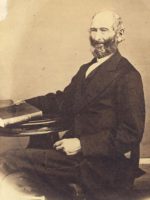
Lit Come Follow Me: D&C 46-48 — Welcome, Spiritual Gifts, History and Sharing
Poetry for this week’s Come Follow Me lesson, D&C sections 46-48, addressing being welcoming, spiritual gifts, keeping a history and sharing the lands we own.
-
Lit Come Follow Me: D&C 37-40 — Gathering, Fears and Cares
Poems about the Gathering, preparation in order to ally our fears, and the cares of the world, to accompany the Come Follow Me lesson for April 12 to 18.
-
Counterpoint: A Feeling of Loss–On Murals and Temples
I lived a significant portion of my life in Logan, Utah and frequently attended the temple during the time that I lived there. I had a lot of beautiful and sacred experiences while doing so, but I also rarely attended that temple without experiencing some feelings of loss. In the late 1970s, in order to…
-
“All things shall be done by common consent”
Within the corpus of J. Golden Kimball folklore, there is a story of Elder Kimball getting bored during a long process of sustaining officers at a stake conference somewhere south of Provo, Utah. Noticing that most of the congregation was nodding off or had fallen asleep while mechanically raising their hands for every name read,…
-
“It is not written, that there shall be no end to this torment”
Years ago, I attended a testimony meeting that began with a counselor in the bishopric talking about how grateful he was to be a part of a religion where believed that God was full of grace and would save almost every individual in one degree of glory or another. He quoted from the Vision in…
-
Ein Ruf aus der Wüste 4.1: Orson Hyde on the Godhead
Orson Hyde’s explication of doctrine, like the Articles of Faith, begins with the nature of God, although Hyde’s treatment is about 30 times as long.
-
“Let God Prevail”
I share here a sacrament meeting talk I delivered recently in my St Louis congregation. I suspect there have been many other such sermons on the same topic delivered in wards around the globe over the past three months. President Nelson’s October address seems to have made a powerful impression on our people in this…
-
Quotes to accompany your Come Follow Me study – Alma 30-31
This coming week’s Come, Follow Me lesson covers Alma 30-31. Here are a collection of quotes from General Auxiliary Leaders of the Church, that you can use in your family or personal study. Alma 30 The Book of Mormon warns against false teachings. “As you use your agency to carve out time every day to…
-
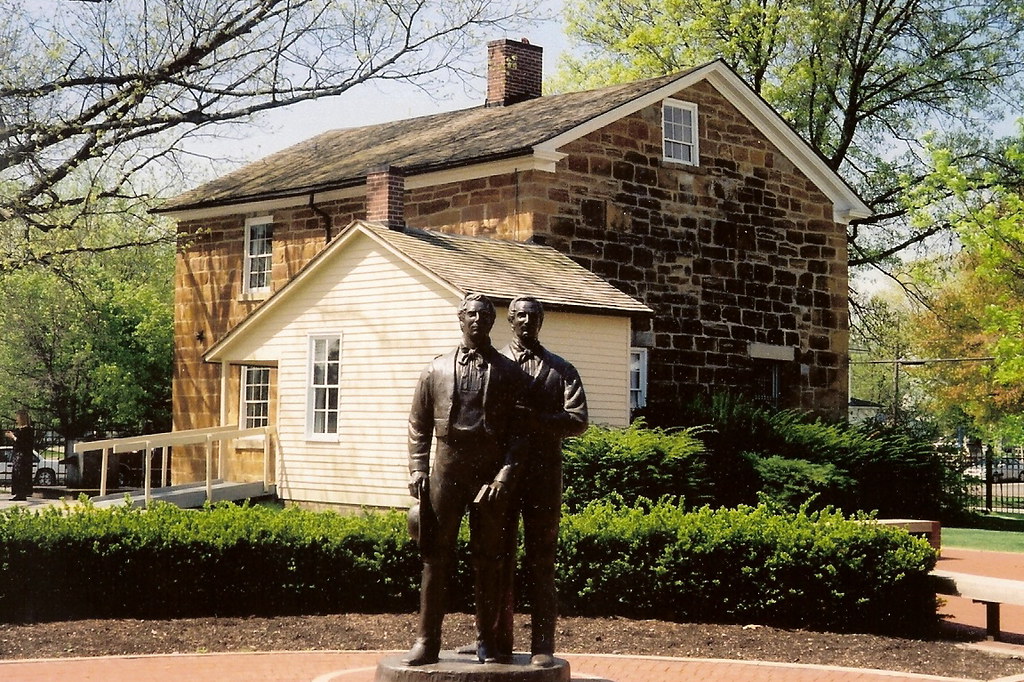
Fundamental Principles of Mormonism
Today marks the 176th anniversary of the day that Joseph Smith died in an untimely fashion. As I’ve been pondering on what his legacy means to me personally, I wanted to write about three topics that were central to Joseph Smith’s ministry, at least according to his own words. As far as I am aware…
-

A Lake of Fire and the Problem of Evil
I remember talking to an atheist on the riverfront walk in Dubuque, Iowa one day while serving my mission. He told my companion and me that he couldn’t believe in God after some of the things he had seen, and went on to describe (in a fair amount of gruesome detail) visiting a Catholic church…
-
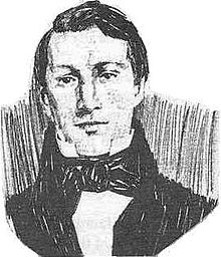
Saving Alvin
How we approach the scriptures affects what we see in them. In other words, our assumptions, our traditions, our cultural baggage that we carry with us as we enter the world of scriptural texts are lenses that give meaning and shape to what we find inside those scriptures. Two approaches that I would like to…
-
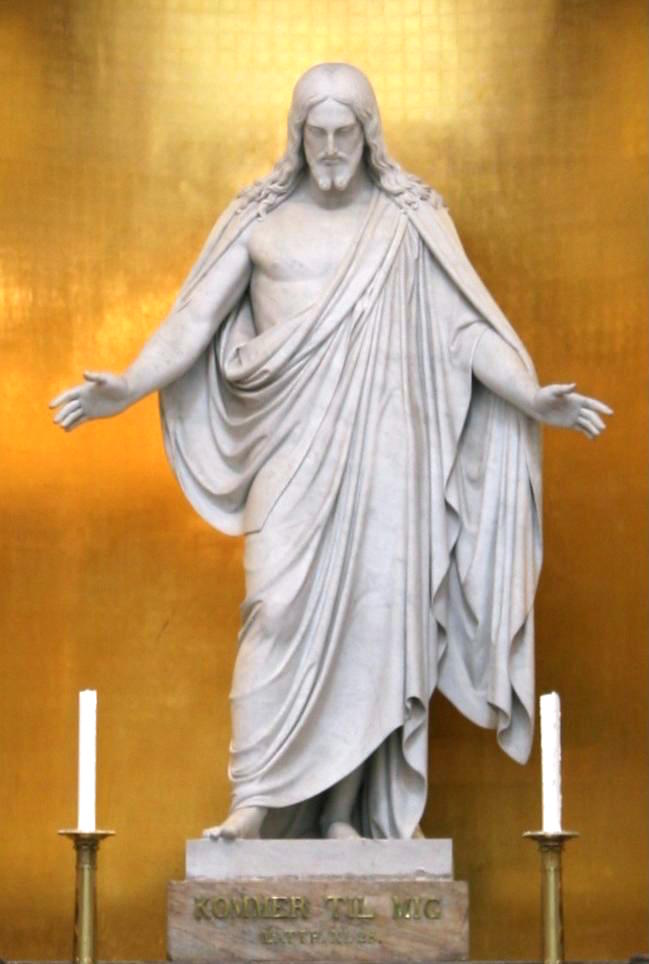
Seek After These Things
There is a part of me that is deeply drawn to the Christian religions that have existed for hundreds or thousands of years. Perhaps that comes from my fascination with history (particularly the Byzantine Empire), perhaps from beautiful experiences with choral music written by Christians from the Renaissance up through our own day. Perhaps some…
-
How Should LDS Christians Give to Charity?
It’s a heart wrenching decision. A beggar asks you for money. You remember the words of King Benjamin: “Ye will not suffer that the beggar putteth up his petition to you in vain.”[1] You also remember Christ’s commandment to feed the hungry, take in the stranger, and clothe the naked.[2] At the same time, you…
-
A Word of Wisdom or a Commandment?
The revelation that forms the basis of the Latter-day Saint dietary code refers to its contents as “a word of wisdom for the benefit of the Saints in these last days” (D&C 89:1). The Word of Wisdom was treated like its name implies during much of the nineteenth century—wide advise from God, but not a…
-
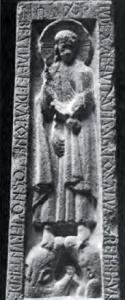
This has all happened before
Over at the Interpreter, Nate Oman asks an important question. How will the church explain its relevance to a new generation that is less interested in the narratives that have served the church well in the past? Or as he puts it, what will be the “new language in which to celebrate the Restoration”?
